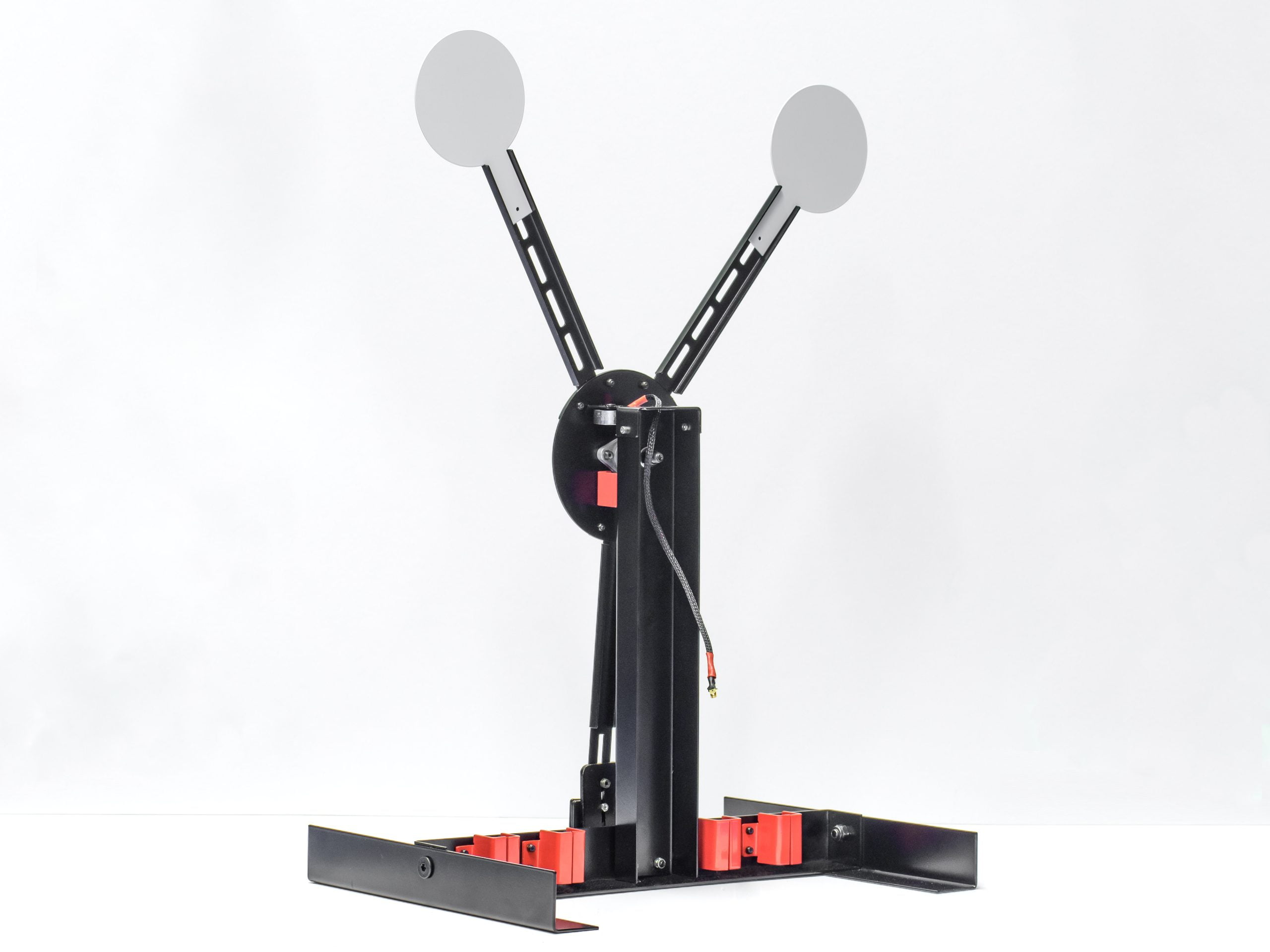Introduction
Welcome to the world of IPSC shooting, where accuracy and speed go together. IPSC (International Practical Shooting Confederation) is a vibrant and challenging shooting sport that needs shooters to engage targets while browsing through various circumstances. One element that sets IPSC apart from other shooting disciplines is using moving targets. In this short article, we will check out innovative methods for mastering moving targets in IPSC training.
The Importance of Quality IPSC Targets
Before delving into the strategies, it is crucial to emphasize the significance of utilizing quality IPSC targets. A reputable target must not just hold up against the effect of bullets but also offer clear scoring zones for accurate examination. Shoot N' Train IPSC Targets have gotten recognition in the shooting neighborhood for their durability and precise design. Purchasing premium IPSC cardboard targets ensures that your training sessions work and realistic.
Advantages of Shoot N' Train IPSC Targets
Shoot N' Train uses a large range of advantages when it comes to IPSC training:
Durability: Shoot N' Train IPSC targets are made from strong cardboard product, making them resistant to use and tear throughout extreme training sessions.
Accurate Scoring Zones: The targets include distinct scoring zones, allowing shooters to examine their accuracy and improve their skills effectively.
Realistic Representation: Shoot N' Train targets imitate the size and shape of real-world items, offering a more genuine training experience.
Easy Setup: These targets can be easily set up on any range or practice location, saving important time throughout training sessions.
By utilizing Shoot N' Train IPSC Targets, shooters can maximize their training potential and enhance their performance on moving targets.
Mastering Moving Targets: Advanced Techniques
Mastering moving targets requires a mix of skill, focus, and flexibility. Here are some sophisticated techniques to improve your efficiency in IPSC training:
1. Preserving a Constant Stance
To successfully engage moving targets, it is vital to establish a steady shooting platform. Start by positioning your feet shoulder-width apart and distributing your weight evenly. Preserve a small bend in your knees and keep your upper body unwinded. This stance offers a solid structure for quick target acquisition and follow-up shots.
2. Tracking the Target
Tracking moving targets requires smooth coordination in between the shooter's eyes, hands, and body language. Train your eyes to stay concentrated on the target while using peripheral vision to monitor your environments. As the target moves, smoothly track its trajectory with your gun, keeping it aligned with the target's path.
3. Timing and Trigger Control
Timing plays an essential function in striking moving targets properly. Establish a sense of timing by practicing with various moving target speeds. As you track the target, prepare for the ideal minute to squeeze the trigger, ensuring exact shot placement.
4. Body Positioning for Transitions
IPSC scenarios typically involve engaging numerous moving targets in rapid succession. To enhance your performance during transitions, position your body in a way that decreases movement between targets. Practice shifting your weight efficiently from one foot to another while maintaining balance and stability.
5. Utilizing Sight Photo Techniques
When engaging moving targets, shooters should adjust their sight picture techniques for improved precision. Try out different sight alignments, such as "flash sight photo" or "target focus," to identify which works best for you in various scenarios.
6. Including Motion into Training
To simulate real-world shooting circumstances, integrate motion into your training program. Practice shooting while on the move, engaging targets from different angles and ranges. This dynamic training approach improves both speed and precision when handling moving targets.

FAQs
Here are some often asked questions about mastering moving targets in IPSC training:


- A: Reaction time can be enhanced through consistent and repeated training. Regularly practice drills that concentrate on quick target acquisition and engagement.
- A: One typical mistake is overcompensating for the target's movement, resulting in inaccurate shots. Another is losing concentrate on peripheral targets while engaging a primary target.
- A: Yes, different kinds of moving targets need differing methods. For instance, engaging a swinging target might require leading the target, while engaging a running target might include targeting at the forecasted point of impact.
- A: Precision features practice and establishing a deep understanding of your firearm's attributes. Frequently train with moving targets to improve your shooting skills.
- A: Mental preparation is important for maintaining focus and responding promptly to changing scenarios. Picture successful engagements before stepping onto the range to cultivate a confident mindset.
- A: Yes, dry-fire practice is an efficient way to boost trigger control and sight alignment, which are essential abilities for hitting moving targets accurately.
Conclusion
Mastering moving targets is a challenging but rewarding ipsc target designs venture in IPSC training. By including these innovative techniques into your practice sessions and using quality IPSC targets like Shoot N' Train, you can raise your shooting abilities to new heights. Remember, consistency and commitment are crucial to accomplishing success in this vibrant shooting sport. So get your gear, head to the range, and start the journey of mastering moving targets in IPSC training.